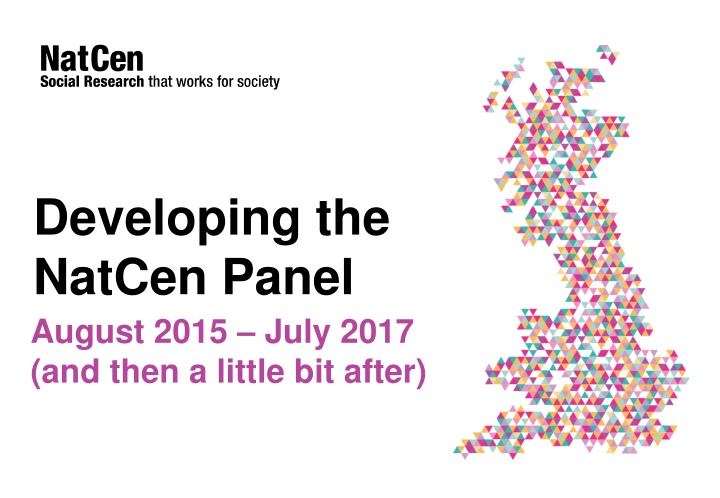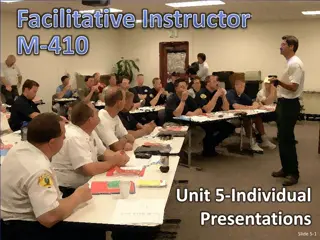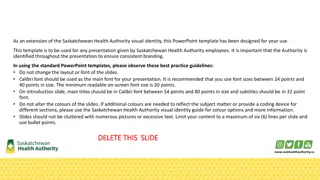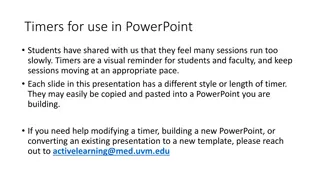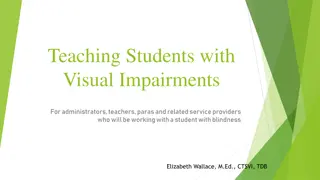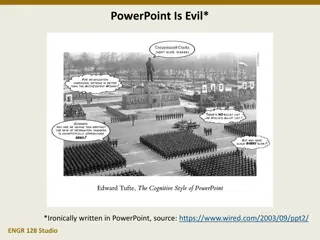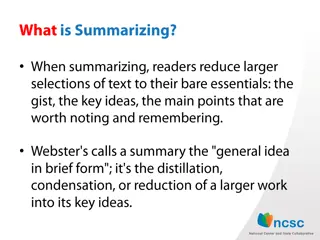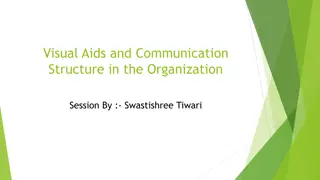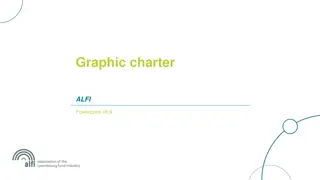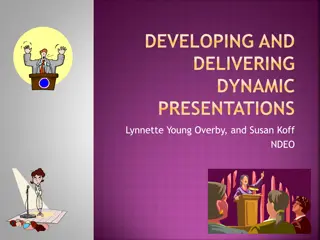Visual Presentations for Effective Communication
Enhance your communication with visually engaging presentations. Discover a variety of image objects and headings to create impactful slides. Incorporate these elements into your content for a visually stunning presentation that captivates your audience.
Download Presentation

Please find below an Image/Link to download the presentation.
The content on the website is provided AS IS for your information and personal use only. It may not be sold, licensed, or shared on other websites without obtaining consent from the author.If you encounter any issues during the download, it is possible that the publisher has removed the file from their server.
You are allowed to download the files provided on this website for personal or commercial use, subject to the condition that they are used lawfully. All files are the property of their respective owners.
The content on the website is provided AS IS for your information and personal use only. It may not be sold, licensed, or shared on other websites without obtaining consent from the author.
E N D
Presentation Transcript
Developing the NatCen Panel August 2015 July 2017 (and then a little bit after)
What is the NatCen Panel? First probability-based panel in Great Britain that is open to be used by anyone for social research Offers a representative sample of people living in Britain Comprised of c.3,500 adults, aged 18+ Run a c.15 minute survey every 1-2 months c.2,000+ completed interviews per wave c. 8 weeks from questionnaire sign-off to data delivery 2
Research Context The gold standard is not always appropriate The quality of alternatives International development of open probability-based panels 3
Feasibility study In 2015, approached by Joseph Rowntree Foundation Wanted to explore attitudes of people living in poverty Required a reliable quantitative understanding in cost- effective & quick timeframe Commissioned us to conduct a feasibility study into developing a random-probability panel 4
Recruitment & sampling Recruitment through BSA fieldwork 6
Questionnaire development c.15 minute questionnaire Modular approach multiple sets of questions in one questionnaire Consideration of mode & device effects Web vs Phone; Web-PC vs Web-Smartphone Mode-optimisation vs mode-neutral 7
Fieldwork structure Sequential mixed-mode fieldwork 8
Participant materials Invites and reminders in multiple modes Letters Emails Text messages Thank-you mailings & incentives Inter-wave mailings Panellist website 9
Weighting 10
Outcome and sample quality
Sample composition Unweighted sample differs from the population in similar ways seen on other surveys Sex, age, social class, education, number of people in household Some biases carried on from BSA, but others added to Non-response weights are highly effective at removing this bias 16
Adjusted R-indicators Measures of representativeness Single figure summarising bias across a range of variables Allow for effective understanding of sample bias: Monitoring of change over time Where does bias occur? What impact do experiments have on sample profile? 18
Targeting mode approach Issue those that only take part on the phone to NatCen TU early Additional web reminders for those without phone numbers 20
Improving representativeness 1. Use fed-forward data from BSA and previous survey waves to identify panel members that are over- or under- represented 2. Move fieldwork resources away from over-represented panel members to under-represented ones Cost- & response rate- neutral Profile improving 21
Implementation Under-represented Over-represented 8 1 2 3 4 5 6 7 Always take part Sometimes take part Never take part 22
Variations in approach Priority group Highest High Neutral Low Lowest Incentive Reminders 10 5 5 5 5 CATI 8 calls 8 calls 6 calls 4 calls 0 calls 2L 2E 2T 1L 2E 2T 1L 2E 2T 0L 2E 2T 0L 2E 2T 23
Impact Jul-17 Aug-17 Oct-17 Survey response rate Overall Highest priority (Aug 17) Highest priority (Oct 17) Representativeness indicators Overall response rate Adjusted R-indicator* DEFF 60% 35% 38% 60% 42% 41% 61% - 48% 15% 0.53 1.99 14% 0.54 1.92 15% 0.55 1.85 24
Additional applications Based on interactions with communications Focus on reminder emails/text messages Based on expressed preferences/motivations Target advance letter messages Target incentives 25
Impact of telephone fieldwork
Mode effects? Increase in mode effects vs decrease in sample bias Alternatives Face-to-face? Paper? Web-enabled? Consider mode when designing questions Future experimentation 29
Applications of the panel
Cross-sectional research Political attitudes Grammar schools Mental health Well-being Transport Experience of hot weather Sharing economy Housing policy Attitudes to disability Experiences of prejudice 31
Experimental design Randomly varying inputs to infer causal relationships with outputs Can be used in a huge range of situations Methods work Online cognitive testing Vignettes for drivers of attitudes Policy preferences 33
Data linkage Asking consent to link survey and social media data Difficulties in online context Is consent informed? Lower consent rates 34
Summary & next steps
Summary Context of lack of high-quality, quick, affordable research platform in the UK Piggy-back recruitment from BSA Sequential mixed-mode fieldwork approach Overall response rates of c. 15-16%, remaining stable Targeted design may play a role in improving sample quality The panel can be used for a range of different types of projects 36
Future development Continued experimentation Adjusted R-indicators Targeted design Understanding mode/device effects Understanding attrition and conditioning Making the most of infrastructure Expansion 37
Questions? More information: http://www.natcen.ac.uk/media/1484228/Dev eloping-the-NatCen-Panel-V2.pdf Curtis Jessop curtis.jessop@natcen.ac.uk
